Pixel 3’s Camera: How to Quickly Switch between the Front and Rear Camera
2 min. read
Updated on
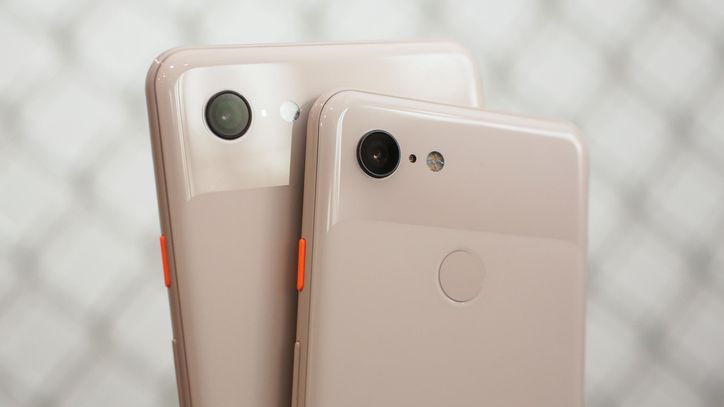
It should come as no surprise that the Pixel 3’s big feature is its camera, and it’s quite impressive too. I say that after weeks of using it and I truly believe that the Pixel 3 camera wins the battle against Apple’s iPhone XS as it gives enthusiasts a new variety of options that opens up photographic flexibility and artistic freedom.
This time, we finally got our very first Pixel with dual-lens imaging. No, not for the rear camera; rather, the Pixel 3 packs a pair of 8-MP front-facing cameras, one with a wide-angle perspective and another that’s more conventional. The rear 12.2-megapixel camera is capable of capturing stunning images and with Google’s HDR+ image processing and Pixel Visual Core chip the handset turns out some of the best photography we’ve ever seen from a mobile device without too much of a hassle in the first place.
I think that what sets the Pixel 3 apart from the competition is precisely that: you have the chance to get the very best with practically no user skill whatsoever. And I also love that the Pixel 3 doesn’t require a second lens to determine depth, it can perform Portrait Mode bokeh-style shots through its single rear-facing camera. There’s no plurality of rear lenses like on the LG V40, no shimmering, and certainly no notch (at least on this smaller Pixel 3 model), but the results are better than I ever imagined.
I am sure that you love all these and want to get as many phots as possible. Out of the box, the Pixel 3‘s camera will open whenever you double-press the Sleep/Wake button, but if you enable Flip camera then you can also quickly switch between the front and rear camera by twisting your wrist back and forth twice. Do you want to learn how to do that?
So if you’d like to do it, keep on reading and apply the below steps:
How to Quickly Switch between the Front and Rear Camera:
- Enter in Settings;
- Now, just go to System > Gestures;
- The Flip Camera option is right here, just waiting to be enabled.
For more guides on the camera performance, visit us later. More tutorials are about to be added.


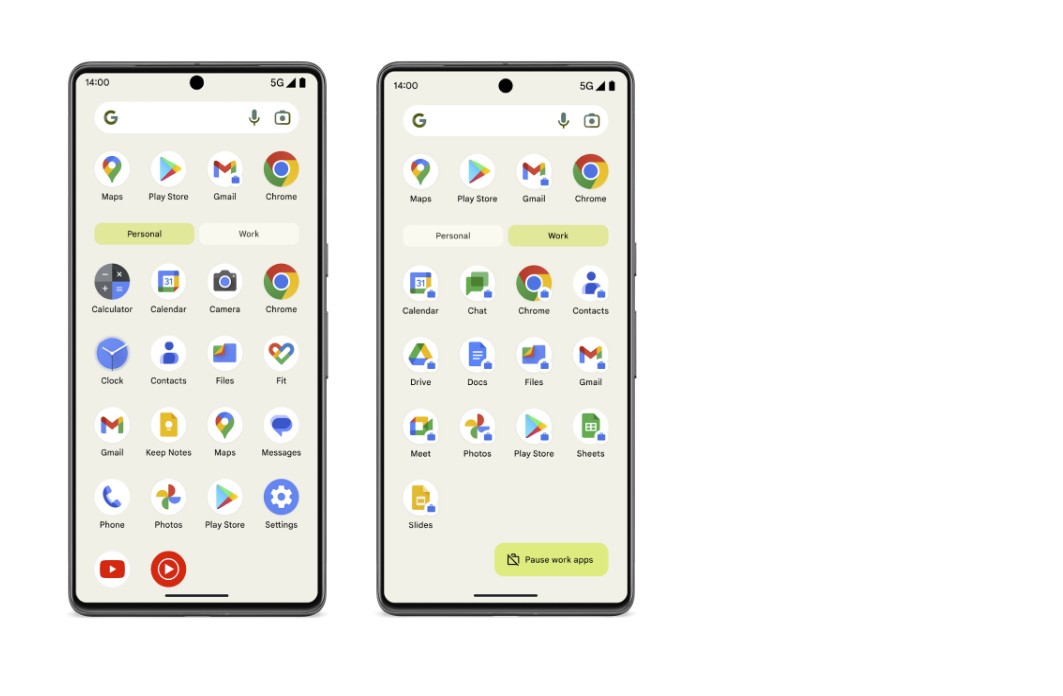
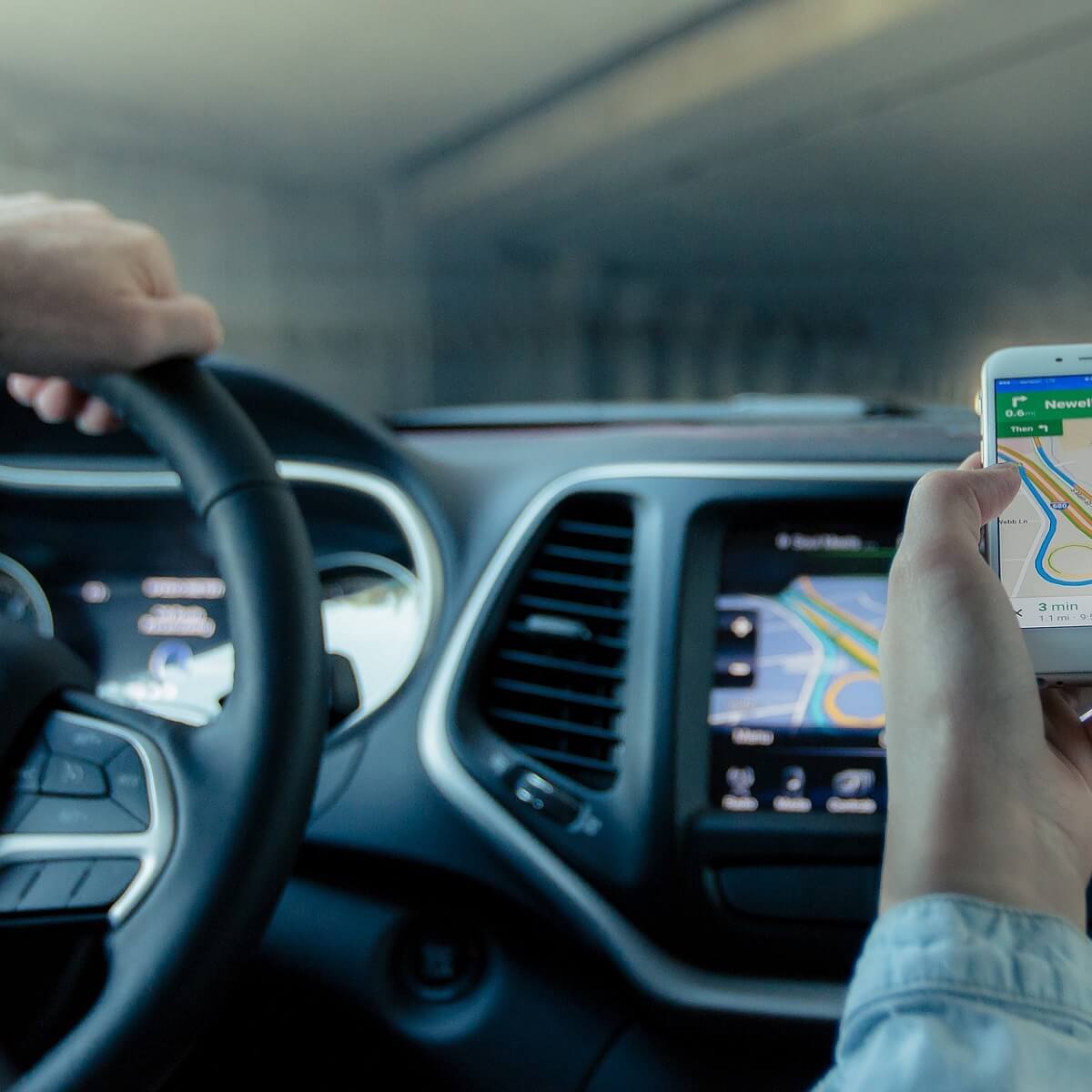



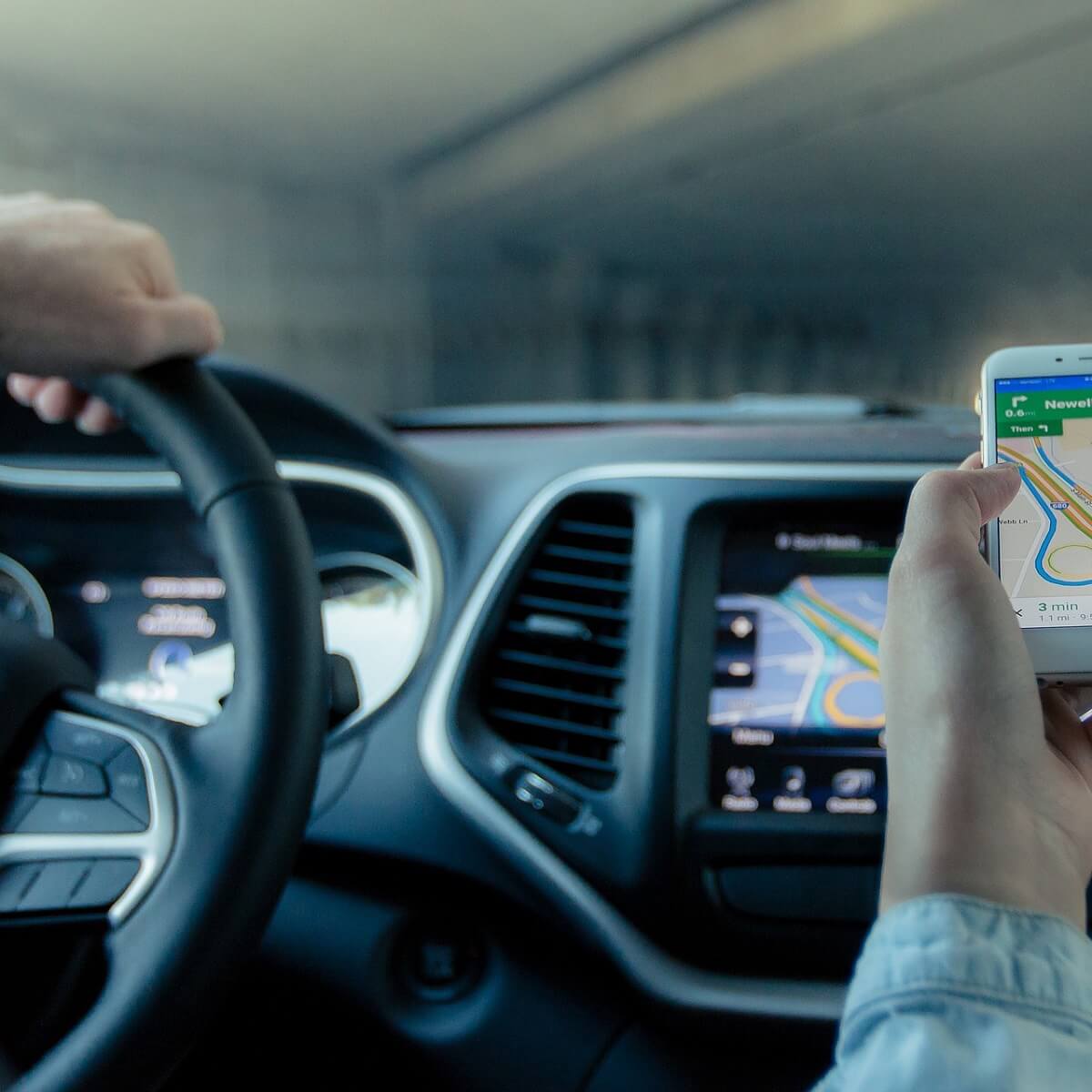

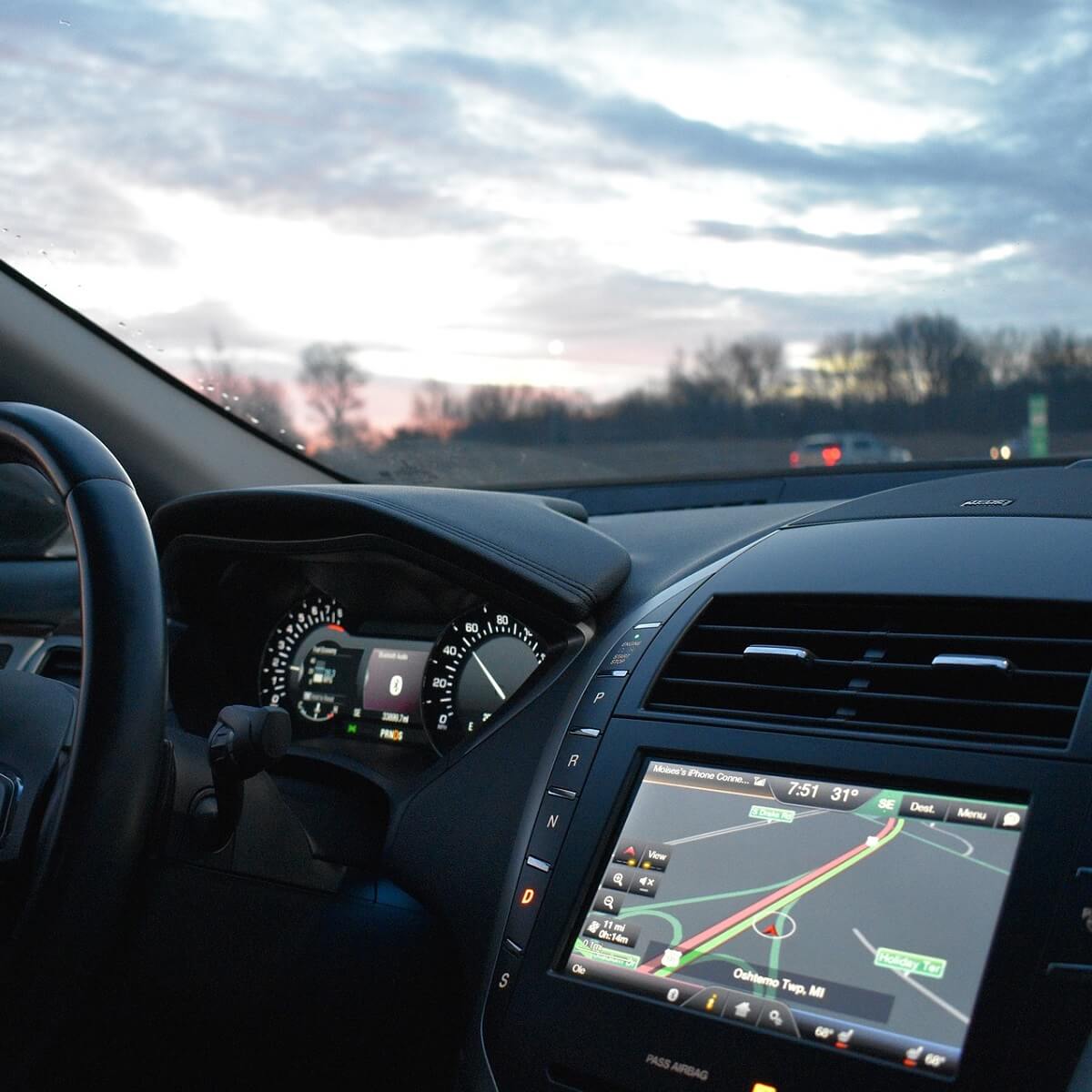
User forum
0 messages